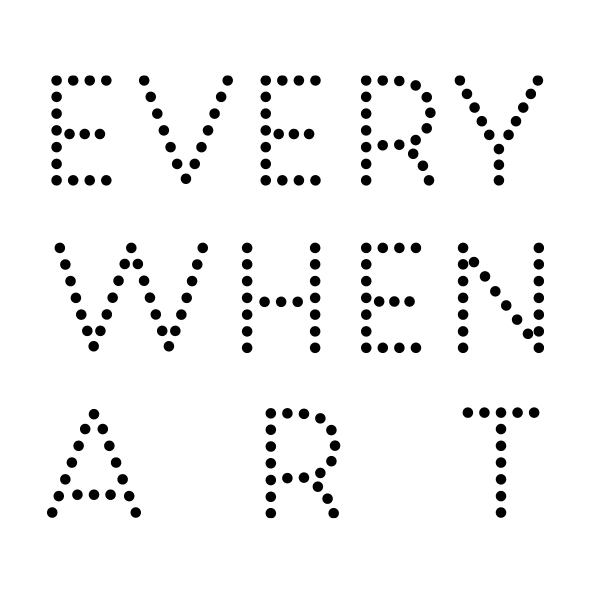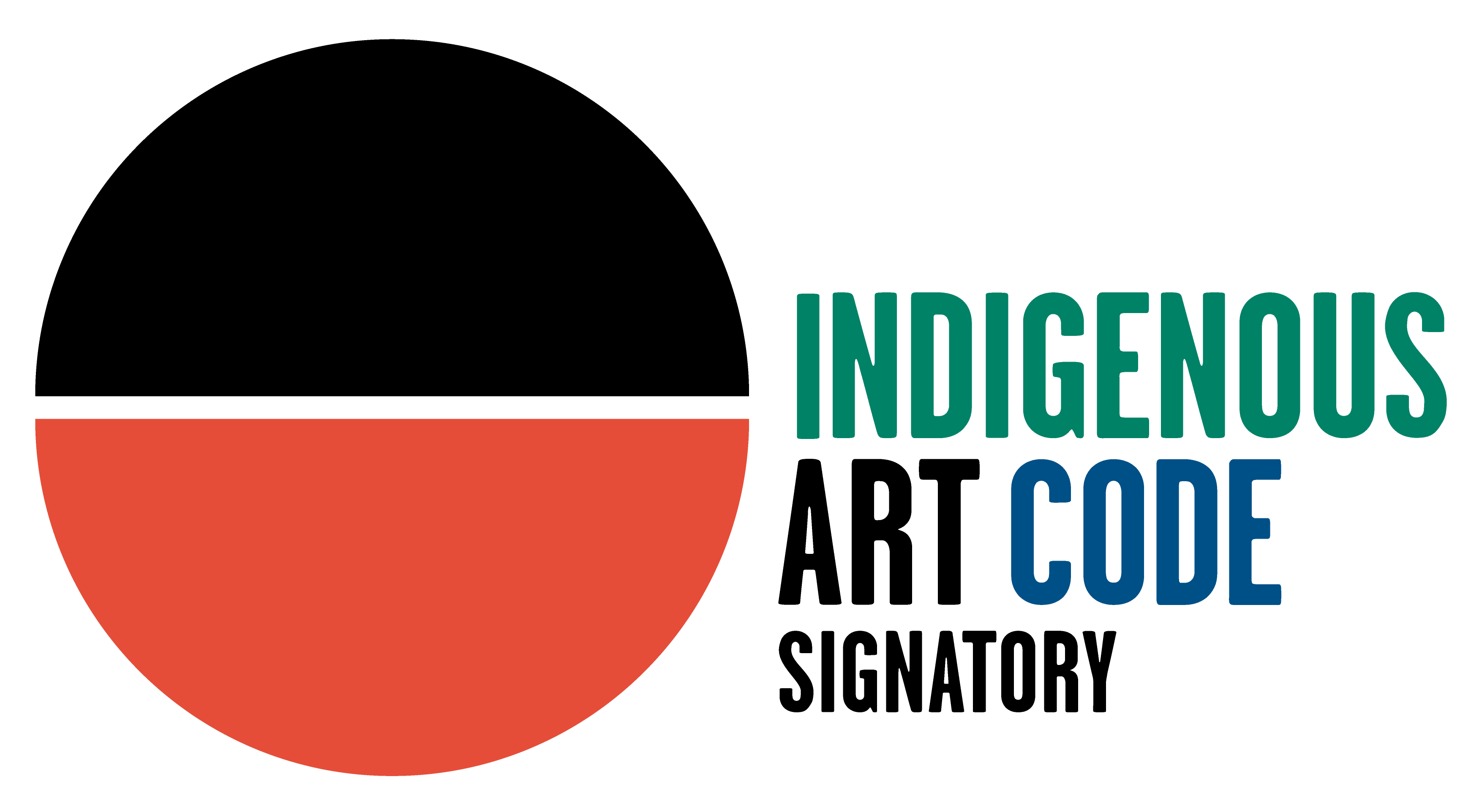Born in 1952, Malaluba Gumana dedicates most of her artworks to portraying her mother Marratj Gurruwiwi’s Galpu clan designs of dhatam (waterlilly), djari (rainbow), djaykun (filesnake) and wititj (olive python). Malaluba demonstrates a very fine ‘marwat’, a cross hatching technique that utilises a fine hairbrush, to paint on bark and memorial poles. In 2006, her local Art Centre encouraged her to produce larger and more complex works to further explore her spontaneous and fluid hand, an opportunity she wholeheartedly embraced.
Malaluba's paintings represent Garrimala, a billabong near where she lives, the Dhawau clan homeland at Gaga. It is a sacred site for the artists’ mother’s Galpu clan.
Wititj is the all powerful rainbow serpent (olive python) that travelled through Galpu clan lands and on further, during the days of early times called Waarr. Djayku the Javanese filesnake is a companion and possibly alternate incarnation of Wititj, living in amongst the Dhatam, or waterlillies, causing ripples and rainbows (Djari) on the surface of the water (one reference in the cross hatch).
The story of Wititj is of storm and monsoon, in the ancestral past. It has particular reference to the mating of Wititj during the beginning of the wet season when the Djarrwa (square shaped thundercloud) begin forming and the lightning starts striking.
The Galpu clan's miny’tji (sacred clan design behind the lillies) represents Djari (rainbows) and the power of the lightning within them. The sun shining against the scales of the snake form a prism of light like a rainbow. The power of the lightning is made manifest when they strike their tongue, the thunder being the sound they make as they move along the ground.
In mortuary ceremony for Galpu, the slithering line of dancers take on the form of Wititj and coil in the sand searching for their place. As the spirit comes to rest it adopts the metaphor of a python settling its head into the fork in the tree, known as Galmak, the final resting place of Wititj. Other references are the bunches of leaves dancers hold in their hands wet and shining in the sun, perhaps like a rainbow.


